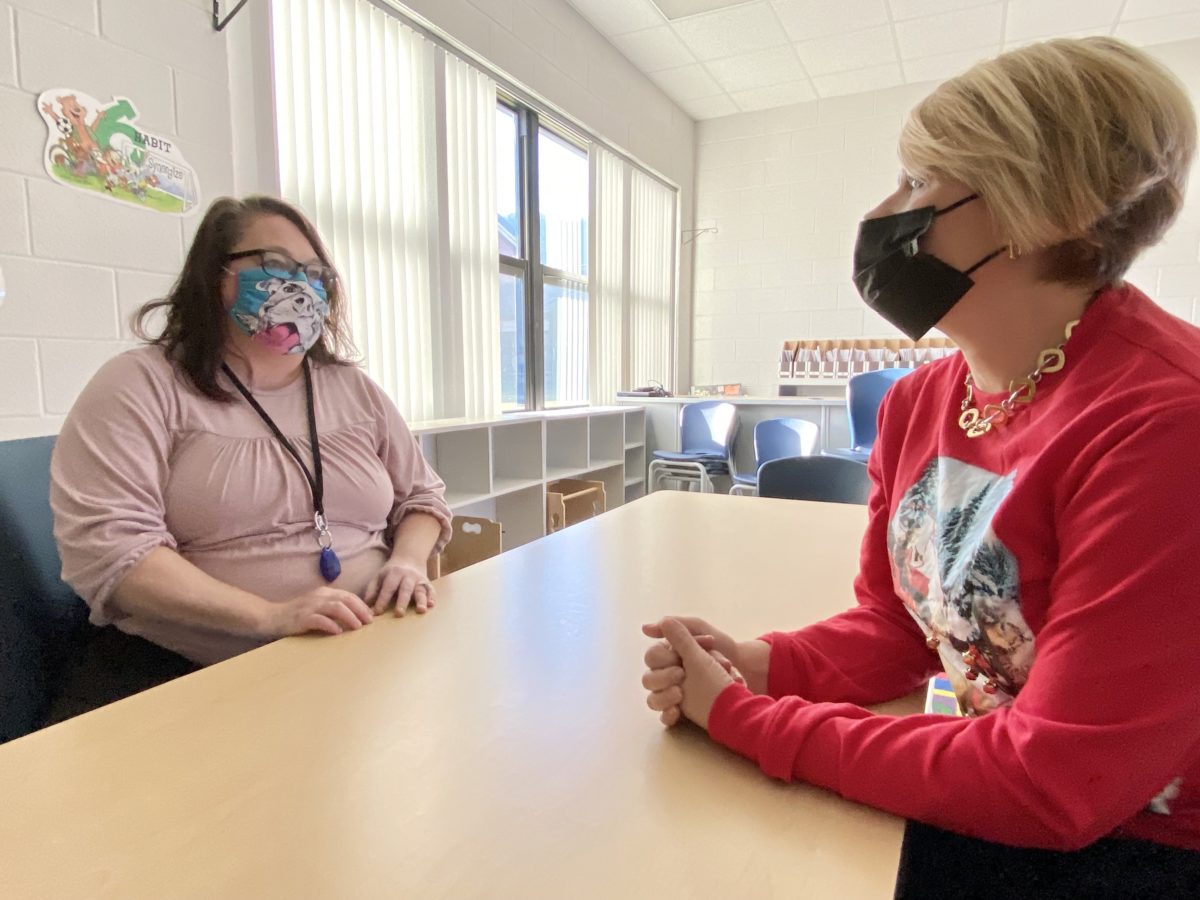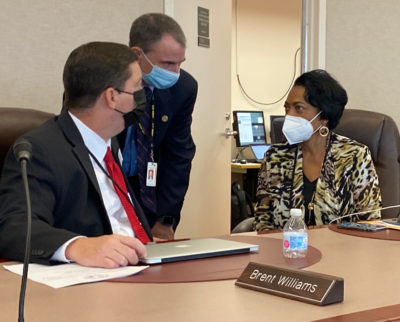
|
|
Every year, the Department of Public Instruction analyzes teacher attrition in our state using rigorous data standards. The reason is obvious: when experienced, qualified teachers leave, they must be backfilled with candidates who are often less experienced and, in too many cases, not fully qualified or prepared for the jobs they fill. The result is that students suffer.
Since becoming the leader of this department in January 2021, my “North Star” has been to work to ensure that we have a highly qualified teacher in every classroom. This is a daunting goal, but keeping steady eyes on this particular objective has a clarifying effect on so many policy decisions we are called to make. Prior to the pandemic, the annual attrition rate was 7.5%, which is dramatically lower than most industries.
The annual “State of the Teaching Profession” does an amazing job of compiling the 23 specific reasons that teachers report for leaving North Carolina public schools. For example, for the 2019-20 school year, 20.4% of the attrition was due to teachers retiring with full benefits, 13.7% were due to career changes, and 1.9% of the leavers reported being dissatisfied with teaching. Interestingly, the percentage who left to teach in another state (8.2%) was less than the number of teachers who migrated to North Carolina.
After all the stress we have experienced over the past two years, and after hearing so many anecdotes about a mass exodus of teachers from the profession, I braced myself for the worst when Tom Tomberlin, director of educator recruitment and support, handed me the 2020-21 report.
The results: remarkable stability. Overall, North Carolina teacher attrition increased from 7.5% to 8.2%. Of the 94,328 teachers employed by the state, 624 more left the teaching profession than the year before. In fact, dissatisfaction within the teaching profession fell 35% from the prior year, with 137 teachers in the 2019-20 year versus 89 in 2020-21.
This is profound considering the shifts teachers implemented overnight, the uncertainty they faced day to day (including shifting medical guidance), and the disruption they endured throughout the year. For example, during much of the pandemic, many teachers lost their child care for months at a time. They were also required to cope with unplanned distant learning requirements while students in many rural districts in particular lacked robust WiFi at home. Through it all, our beloved teachers managed to continue to exert a constant, positive influence on the lives of our children. This selflessness and devotion to their calling defines the very meaning of servant leadership and lies at the heart of a teacher. I could not be more proud.
Believe me — I know that stability doesn’t mean we should be complacent. Improvements are needed. The ideal level of attrition is probably half its current rate, and my office is focused squarely on retaining qualified teachers and upskilling those in need. To name a few initiatives: we need to increase starting pay for teachers; we need to create a pathway to promotion so that teachers can earn more money for the extra leadership roles they often assume (currently regarded as volunteer work); and we need to provide more support to our beginning teachers who leave the profession at a substantially higher rate than average.
I also recognize that some districts are experiencing attrition challenges that are much more severe than the state average. My team and I will continue assessing the impact of the second year of the pandemic when we’re able to analyze data from the 2021-22 school year. We look forward to engaging districts on these challenges through district visits and the ongoing work to support recruitment and retention efforts statewide.
As we have been in schools and classrooms, my team and I have seen the incredible work teachers are doing every day to support students. You all pour into your students to meet their academic and nonacademic needs. This hard work does not go unnoticed.
Thank you, teachers, for remaining in the hardest job there is.
Recommended reading




